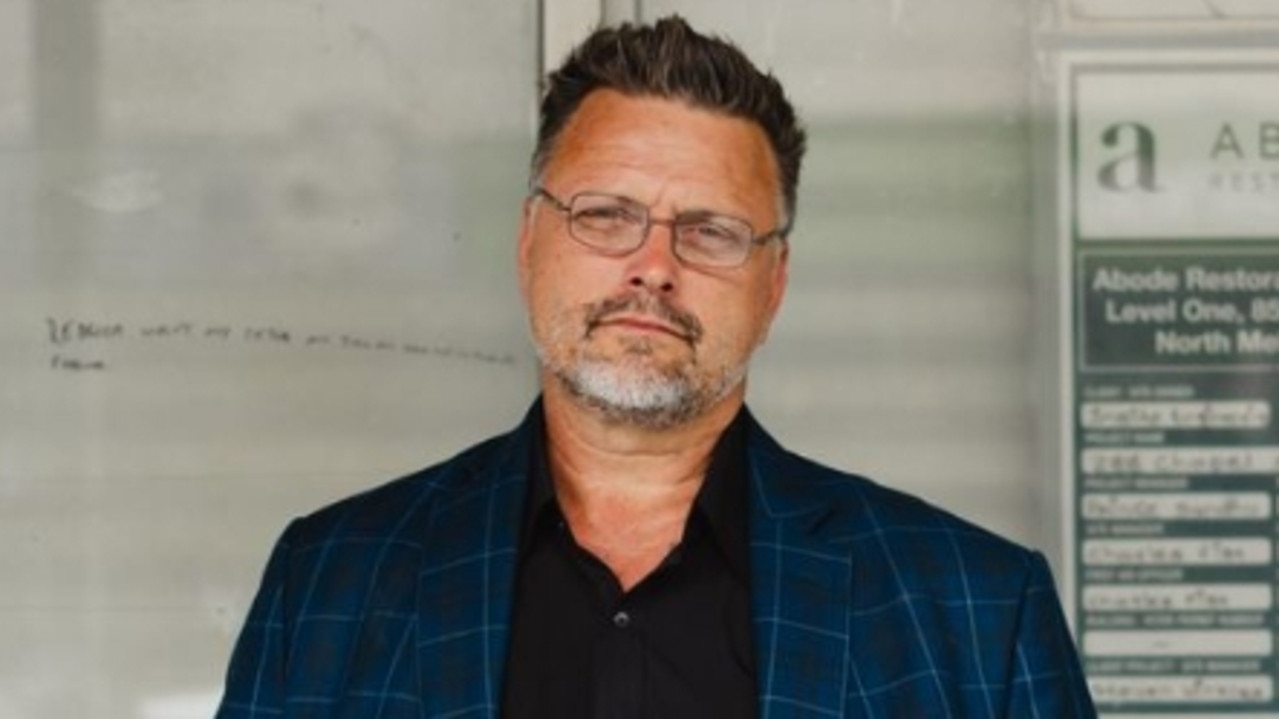Pension shake-up plan to ease workforce crisis
A plan to let seniors work more hours without jeopardising their pension entitlements could help combat crippling labour shortages.
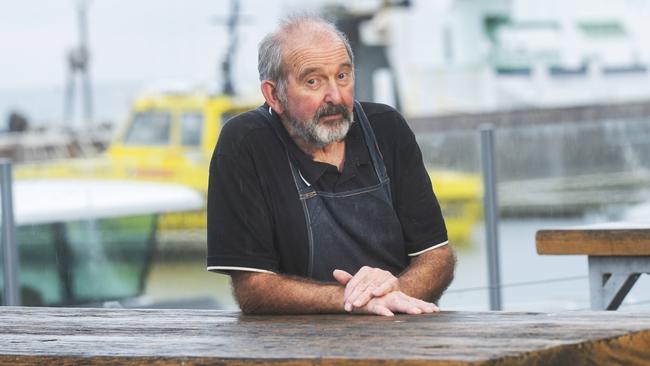
Victoria
Don't miss out on the headlines from Victoria. Followed categories will be added to My News.
Seniors could be allowed to work more hours while still getting the pension in a major bid to ease Australia’s workforce crisis.
Under a plan being considered by the Albanese Government, people over the age of 66 and six months will be allowed to do extra work without losing their entitlement to the aged pension.
The proposal is set to be debated at next month’s Jobs and Skills Summit in Canberra.
The plan, which has already been endorsed by Opposition Leader Peter Dutton and backed by business groups, could help provide a massive injection of labour in an economy which currently has 480,100 job vacancies.
Treasurer Jim Chalmers said the government had been in discussions about increasing pensioners’ work rights, though he was cautious about the cost to the Treasury.
“I’ve said for quite some time that this might be a policy that’s worth looking at and I’ve been having good conversations with National Seniors and others about it,” he said.
“Our goal is to build a bigger, better-trained and more productive workforce – boost incomes and living standards and create more opportunities for more Australians to get ahead.”
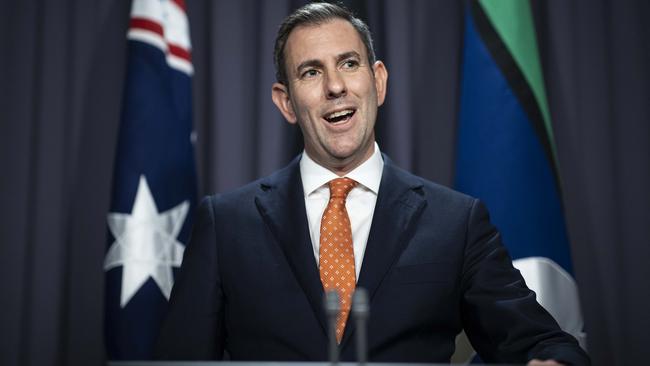
He said while the Government was open to ideas that keep people in the workforce and reward their work, including older Australians, “we also need to be careful about the cost”.
“The Jobs and Skills Summit will take a closer look at this,” Mr Chalmers said.
“When addressing the labour and skills shortages Australia is facing right now, we need to weigh up all the different options and prioritise what can be afforded.”
Age and veteran service pensioners can currently earn $300 of income a fortnight without losing any pension.
Businesses and the national seniors’ lobby group are increasingly pressuring the Federal Government to allow more pensioners back into the workforce without losing their benefits with a parliamentary inquiry looking at increasing pensioner workforce participation due to report by September 30.
Encouraging older people to work more if they wanted to work was a “no-brainer”, National Seniors Australia chief advocate Ian Henschke said.
The move would alleviate pensioner poverty, help job shortages and deliver economic benefit, he said.
“Approximately 20 per cent of pensioners are living below the poverty line,’’ Mr Henschke said.
“Close to 30 per cent of women when they reach pension age don’t have any superannuation.
“We should we should let people work without severe penalties at the moment the penalty is too severe.’’
VECCI acting chief executive Scott Veenker said the chamber was urging the Federal Government to introduce reforms that would allow retirees to work more hours before affecting their pension rate by raising the threshold.
“We would also like to see Victorians being able to claim the tax-free threshold from two employers rather than the existing one, which will incentivise people to take on a second, or even third, job,” Mr Veenker said.
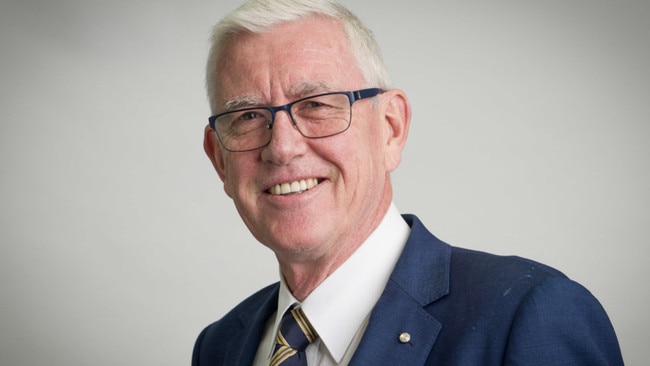
About 20 per cent of Australia’s 2.2 million pensioners wanted to work, Mr Henschke said, and they could help fill the nation’s 500,000 job vacancies.
“We’re talking about people who haven’t got any wealth. And you know where they work? In health care, child care, home care, hospitality. Where are the jobs now? Aged care, child care, hospitality.’’
Many of the job shortages were in the care economy usually dominated by women, who needed money more because of low superannuation.
“It’s actually about gender equity as much as anything else.’’
Business Council chief executive Jennifer Westacott described labour shortages as an economic bottleneck that risked holding back the recovery.
“Getting rid of barriers that stop Australians picking up extra hours or rejoining the workforce is crucial,” she said.
“The reality is we need more workers in the economy. Governments have taken welcome steps to boost participation but we have to pull every lever, including migration along with action to unlock the unused potential we already have at home.”
Opposition Leader Peter Dutton reiterated the Coalition’s support for increasing pensioner workforce participation which was an effective way of addressing the workforce shortages we are seeing right across the country.
In June he proposed doubling the amount pensioners can earn to $600 a fortnight, a proposal the Coalition estimates will cost taxpayers $145 million a year.
“We’re a constructive opposition and we’ve already shown we will contribute to the national policy debate in a positive way,” he said.
“Small businesses, and in sectors like hospitality, agriculture, aged care, health and retail are doing it tough at the moment because they can’t get the staff they need.
“This practical proposal will enable older Australians, those who choose to work, to do so without losing their pension entitlements. It’s a ready workforce. The government should adopt our proposal immediately and if the government wants to go further and increase the thresholds even higher, we would support that.”
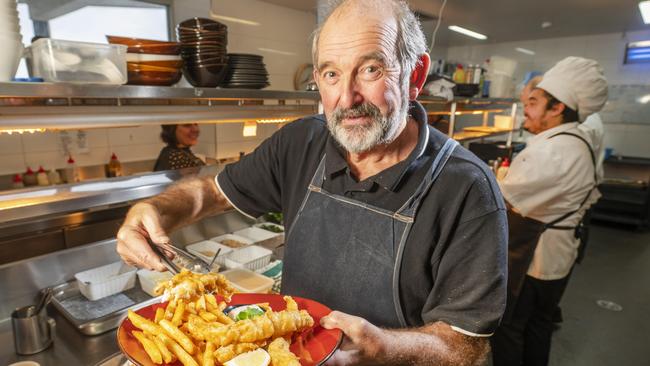
Barriers making it hard for pensioners to work
Pensioners who still want to work are facing barriers when trying to rejoin the workforce.
In order to still receive their pension without penalty, pensioners are only able to earn a meagre $150 a week – or around one day of work.
Pensioner Kenton Savage enjoys his part-time job at a Queenscliff restaurant, and said he was lucky to be in a position where he could be flexible with his work hours.
“I help out where needed and can work up to four days per week, but I don’t know of many employers who would hire someone if they could only offer one day per week,” he said.
“Most of my mates say that if their pension wasn’t affected, they’d love to be out there working more than one day a week – but it’s just not worth it at this rate.
“If you’re relying on your pension really closely then you won’t do anything that’s going to threaten it, even if that means not working as much as you’d like.”
With Centrelink pension forms and claims completed entirely online, Mr Savage said a lack of technological savvy was undoubtedly a deterrent for older people in rejoining the workforce.
“I have to inform Centrelink every week of my pay, because I get paid weekly, and then they adjust my pension accordingly,” Mr Savage said.
“Sometimes I’m under the threshold but some weeks I go over it, so I have to go through the whole process every week.”
“Now that I’m across the website, it only takes me 10 minutes – but not everyone my age is willing or able to learn all the online stuff, and lots of my friends just say it’s too hard.”



